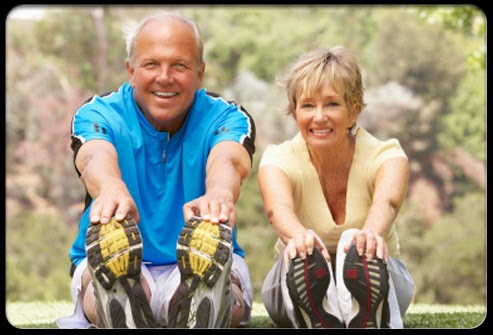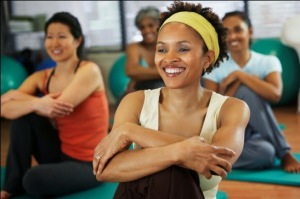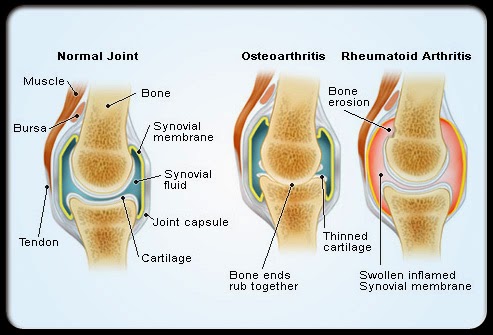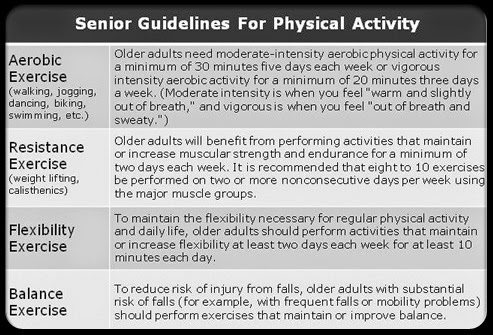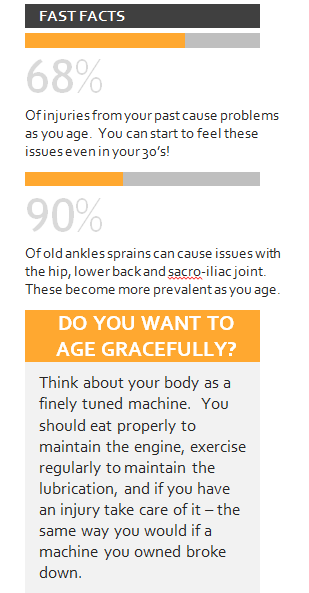The ageing process begins at birth! When we are born our cells start to form, divide, grow and mature. During this process the cells in our body require nutrients, rest, and exercise in order to mature. These cells form a variety of different structures in the human body. The cells aid in developing our skin, muscles, tendons, ligaments, organs, brain, and bones. As we age these cells go through renewing themselves each day. For instance, over the course of 7 years our bodies develop a whole new bone system! Yes, that is right, even at a later age our bones go through a renewal of cells and a taking away of cells. Just think in 7 years time your bones will have regenerated to form themselves again. If you live to the age of 70 your bones will have renewed themselves 10 times!
We at Back to Health enjoy helping people age gracefully. We often have individuals who believe that their problem is because of their age! We as a society feel that as we age it is normal to have issues with a joint, muscle, tendon, ligament or another body part. We are often told for instance that a left knee problem is due to our age! If this were the case how come the right knee does not bother this person?
Should we not change our philosophy on aging and think of it as a time to take care of these issues and to address the underlying causes? After all is it not things we did when we were younger or that we did not have taken care of that often come back to haunt us as we age?
THE AVERAGE LIFE EXPECTANCY FOR CANADIANS WAS 82.1 YEARS OF AGE! FROM 2015
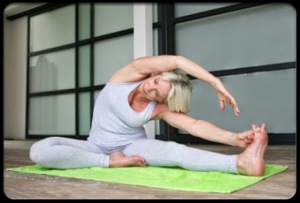 |
| 12 months of weekly strength training improved cognitive function in women as they aged and decreased the chances of fractures. Try yoga for strengthening! |
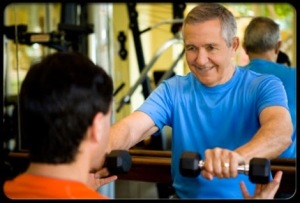 |
| Ensure that when you strength train that you focus while lifting and maintain proper body alignment |

